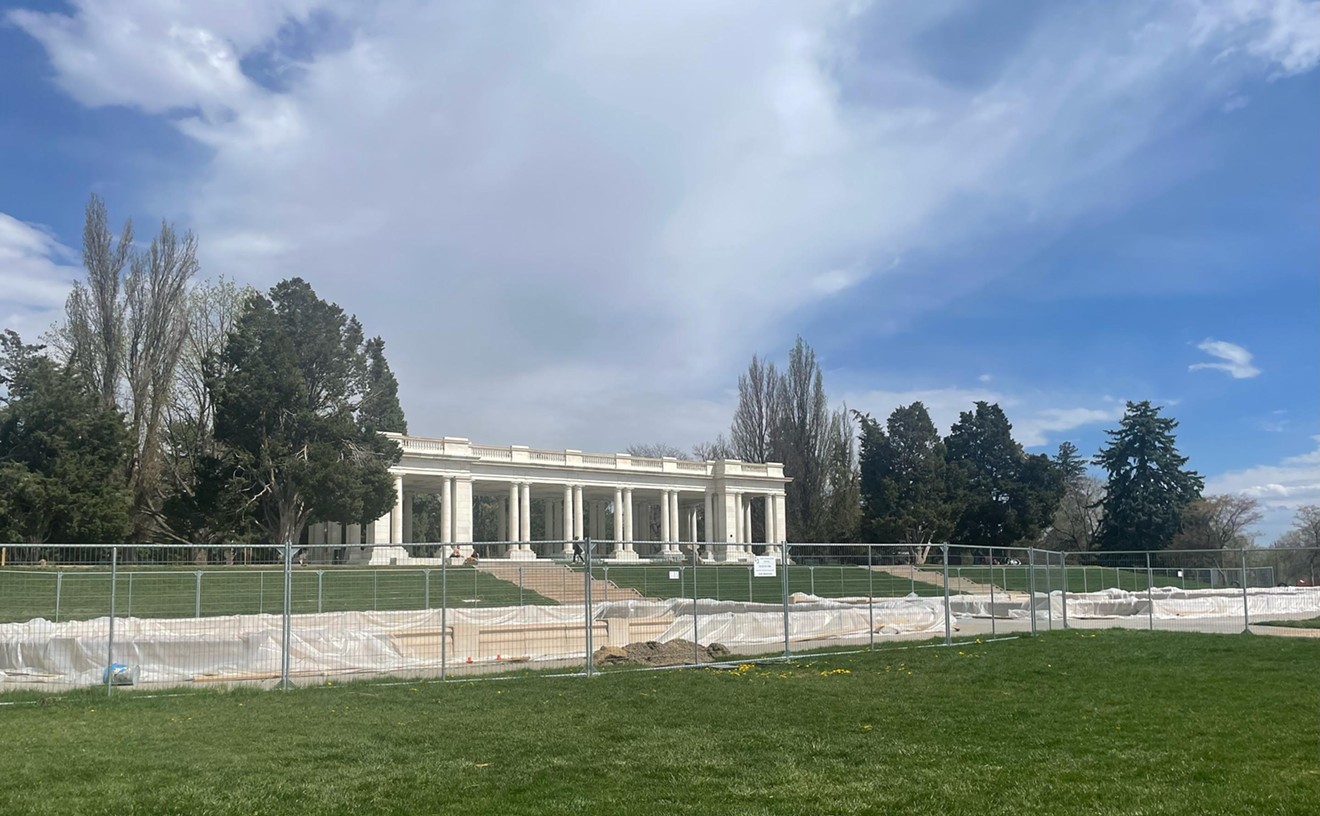The Peter Hessler article, not yet available online, is a surprisingly thoughtful, even-handed and poignant look at the bitter legacy of Colorado's once-booming uranium and vanadium industry, at a time when public opinion about nuclear power is shifting dramatically.
The piece explores many familiar tales about Uravan, the Union Carbide town which helped to produce uranium ore for the Manhattan Project -- and was later deemed so contaminated that it was completely dismantled and buried. But the piece also lets the miners and their survivors have their say.
It's indisputable that underground uranium miners suffered significantly higher mortality rates from lung cancer. But Hessler points out that radiation is a weaker carcinogen than most people think, and the miners tended to be heavy smokers. He also takes seriously the miners' defense of their work: They knew there were risks but welcomed the steady income. "He didn't take it real personal," the son of a miner who died of lung cancer told the writer. "He wanted to work there."
Hessler suggests that less secrecy and more safety measures, such as attention to radon levels, have made the prospect of mining uranium for a new generation of nuclear reactors a much more viable proposition. Such views are anathema to environmentalists working to block a resurgence of uranium mining, but Hessler seems to have soaked up some of the can-do spirit of his interview subjects, who disabuse him of many widely held notions about the the terrors of low-level radiation.
The piece closes with a reunion picnic of former Uravan residents. Some have held on to old street signs from the site that were supposed to be buried, like the one seen above. They may be contaminated and even hot -- but to the Uravan survivors, they're precious memories.











